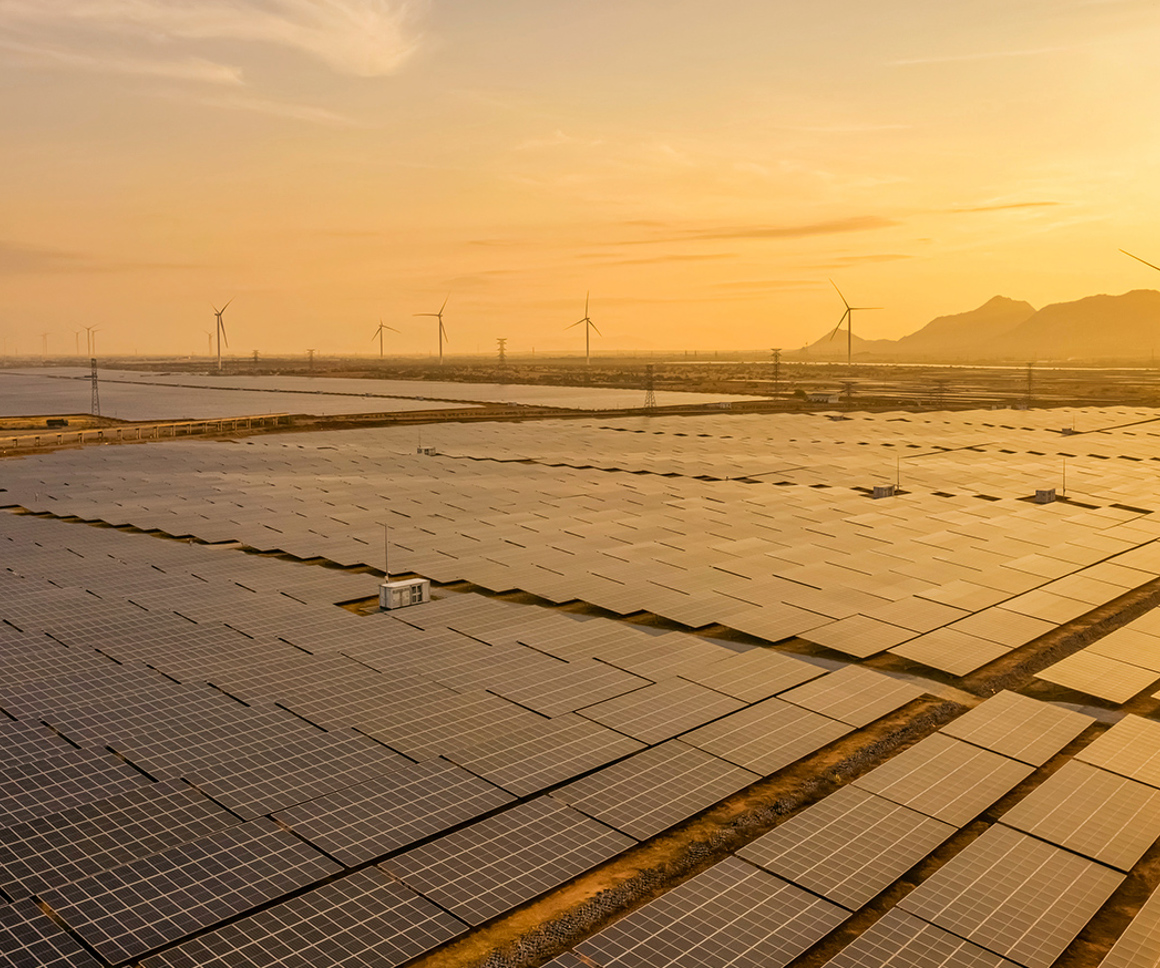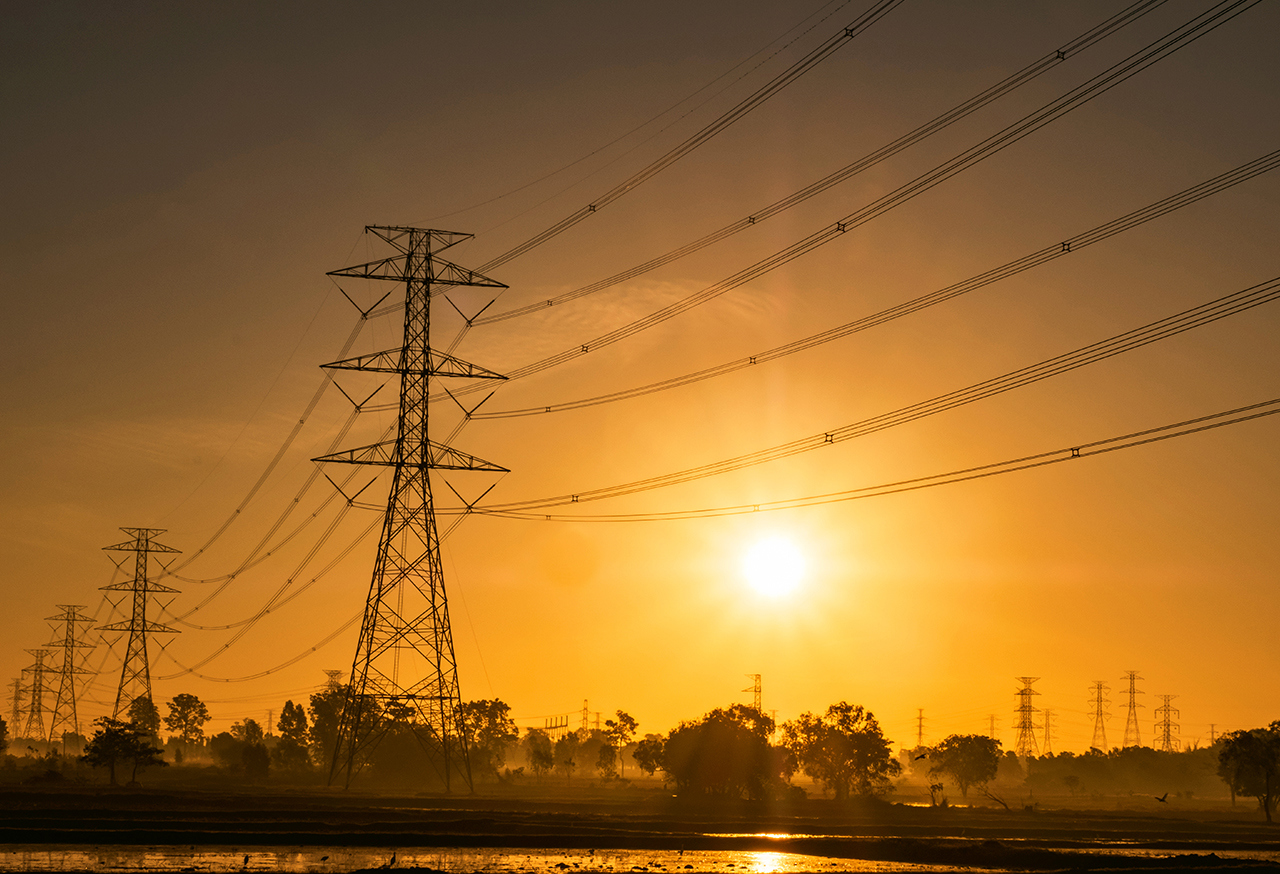Europe set to hit 100 GW of energy storage, with more than 115% growth expected by 2030
This content is AI generated, click here to find out more about Transpose™.
For terms of use click here.

The EU, UK, Norway, and Switzerland together are expected to reach 100 GW of installed energy storage later this month, according to new analysis launched at the Enlit Europe conference by LCP Delta and Energy Storage Europe.
This milestone represents enough capacity to meet the peak electricity demand of Germany and the Netherlands. With storage capacity forecast to grow by a further 115% by 2030, this will play a crucial role in Europe’s energy transition, creating more space for renewables on the grid.
Since 2020, energy storage in Europe has experienced rapid growth, with each technology advancing at its own pace. Pumped-hydro storage (PHS) holds the largest share of installed capacity, at 50.6 GW, including 500 MW added this year in Belgium and Austria. Battery storage has expanded more rapidly, with over 4 GW of new utility-scale capacity in 2025 alone.
Commercial and industrial (C&I) storage has grown steadily this year as businesses look to cut energy costs, improve efficiency, and make better use of their renewable energy. Meanwhile, residential battery sales, after significant growth driven by early-2020 subsidies, are now stabilising following their 2022–2023 peak. With costs continuing to fall and targeted schemes in place, several countries are maintaining steady progress.
LCP Delta and Energy Storage Europe believe the energy storage industry is only just getting started and will continue to make a substantial contribution to Europe’s energy transition.
They expect the following:
- Energy storage will reach beyond 215 GW by 2030 – with battery storage alone exceeding 160 GW.
- By the end of the decade, storage will be deployed at a rate of 20-25GW per year, which is more than 20 times the rate of installation in the 2020s.
- Utility-scale energy storage to see strong growth, supported by improving economics, targeted auctions, and other support schemes across countries.
- Residential battery sales are expected to recover from 2027, supported by a rebounding PV market, rising electrification of homes and transport, dynamic tariffs, and new financing models.
- C&I storage to become increasingly mainstream, with policy, revenue streams, grid rules, and tariffs shaping deployment.
Reaching 100 GW of installed energy storage across Europe is a key moment for the market. It not only unlocks more space for renewables on the grid today but sets the stage for even faster growth in the coming years. Keeping investors and developers engaged will be essential to scaling projects and providing the flexibility needed for Europe’s 2030 targets.
Silvestros Vlachopoulos Energy Storage Research Lead at LCP Delta
Energy storage is Europe’s fastest-growing clean technology. With the right policies, energy storage can maximise our homegrown green energy while lowering bills for households and industry alike. It has the potential to become the engine of Europe’s competitiveness.
Jacopo Tosoni Head of Policy at Energy Storage Europe





